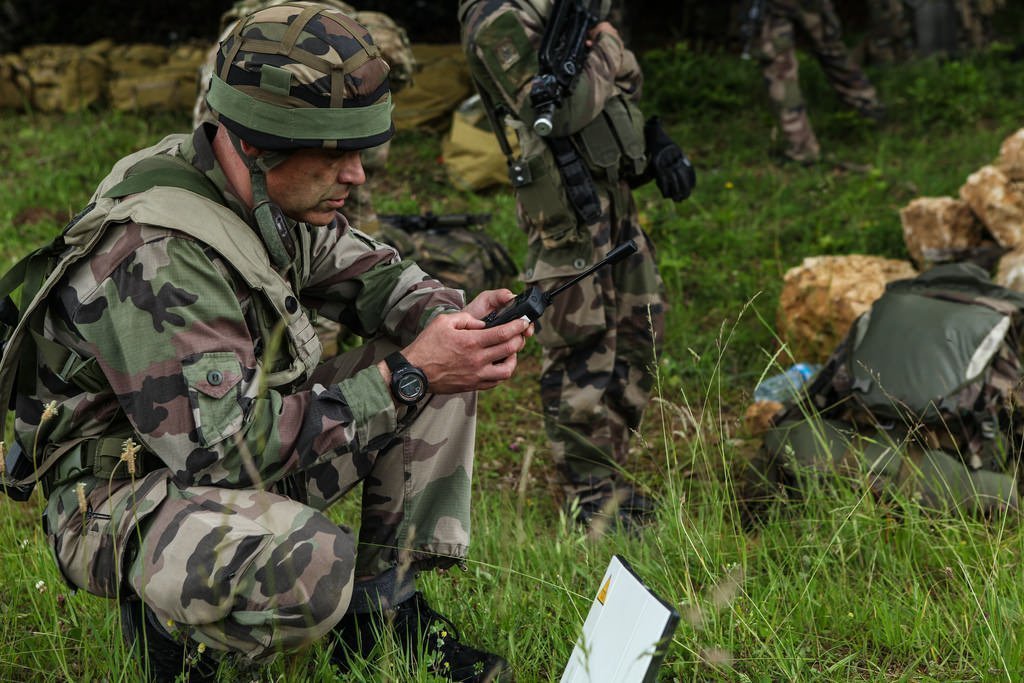Best Military Clothes

Military clothes can de be defined as a homogenized dress worn by members of the armed forces and paramilitaries of numerous nations. Military dress, styles, and trends have gone through big revolutions over the centuries, from colorful and elaborate, embellished clothing until the 19th century.
- Military uniforms differ not only according to military units but tend to also be offered in different levels.
- Military uniforms have gone through quite the progression in the last couple of centuries.
- In the 1700s, makeshift uniforms were popularized to differentiate soldiers from the British.
- One thing that has always changed, and continues to change to this day with regards to Military uniforms is fabric choice.
In the late-18th century, uniforms were characterized by tightly fitted waistcoats and breeches to wear under a larger wool regimental coat. Just as the military has had to adapt its uniforms to fit climates, types of combat, and to distinguish rankings, your uniforms may vary in styles and colors due to seasons of the year or your business’s hierarchy. The ceremonial military clothing represents the elegance of the soldiers, the ceremonial uniform is one of the most representative uniforms, It is not only used for government matters, but also at weddings and other events outside the military institution, and is one of the most important pieces of military textile.
However, camouflage clothing, military jerseys, or military t-shirts should be made according to their functionality. Camouflage clothing manufacturers should consider this condition when manufacturing military clothing or equipment. The main goal is to keep our customers happy. Military clothing influenced almost all other uniforms. In turn, they have been influenced by different physical and social contexts, changing drastically over time. Uniforms for military ceremonies and military camouflage uniforms must be distinguished from each other. Since the products have different vocations, their production process should also be different.
In the past, bespoke red tunics were designed to be seen on smoky battlefields. Military equipment is a form of clothing with a particular symbolism and a long history and tradition. Even individual regiments can dress differently. Military equipment influenced almost all other uniforms. Military equipment helps to train and discipline the mind and body of the wearer. They can strengthen the pride of the wearer and reinforce the feeling of union and solidarity. The authority, status, and power conveyed by uniforms also affect spectators. They can impress and even terrify the enemy. On a practical level, military equipment helps distinguish between friends and enemies. They indicate the rank of the wearer, protect them, and assist them in the performance of their duties.
Military equipment and military attire have deeply influenced everyday fashion. The rise of the “military-style” began in the Napoleonic period (1793-1815) when uniforms were the most colorful and elaborate. Civilians feasted on all the associated patriotism and glamor. Uniforms in khaki, then camouflaged, were introduced to conceal troops when the battlefield became more exposed and weapons were more effective. In New Zealand, army uniforms feature Maori designs, reflecting the importance of Maori culture in the military.
